By Indsamachar bureau, 18 September : Ganesha is considered to be son of Shiva. Shiva himself is dance personified as Nataraja. Nata literally means one who acts and Raja means the king, which means Shiva is considered as prime for all actors, dancers and musicians.
Shiva is considered to be in his celestial dancing position. It is believed that his cosmic dance is continuoual and everlasting. His dance is called as Nadatit, Naad means sound and Atit means everlasting. We can see Shiva’s dancing posture all across India, Cambodia, Thailand and South East Asia. He dances on the beats of Damaroo and his dancing form is called as Tandav. His consort Parvati or Kali is also considered to be expert in Dance. Her dance is called as Lasya.
Tandava proclaims 5 allegory or symbolism
1) Sristhi- Creation or evolution
2) Stithi- Support of stability
3) Samhara- Destruction-
4) Tirobhava- Illusion
5) Anugraha- release of to give it to others or grace
Tandava starts at creation and ends at destruction and its cyclical.
On the other hand Lasya is a dance performed by Parvati, expresses happiness, joy, grace, beauty. She dances lasya in response to the Tandava performed by lord Shiva.
In Muscical or dancical language rhythm or beats are called as Ta-La, this word is combination of 1st words of Tandava and Lasya, Ta and La
Tala is cyclical, rhythmic and continues as this universe is. Even if one doesn’t count the beat the existence of tala can be felt.
Now you would say what is this to do with Ganesha?
Ganesha is Son of such celestial dancers. And he is Tala and Swara Personified. Though Ganesha is obese, but he is a dancer who proclaims happiness and thus he is called as Anand Nartan Ganapati, where Anand means happiness; Nartan means dancing Ganapati.
He dances as strong as Shiva and as graceful as Parvati. He is the prime lord of all 64 arts prescribed in Indian literature. His dance pleases everyone.
In some dancing postures Ganesha is shown with typical iconography, his left leg is on Lion and Right leg is on Bull, representing vahana of Parvati and Shiva respectively.
The act of dancing is spiritually significant in Hinduism. It is related to the perpetual cycle of creation and destruction, called samsara, that defines the universe and from which humans seek for liberation.
Dancing Ganesha is inscribed on the walls of many temples. One will be able to see dancing Ganesha sculpture in Ellora, Somnathpur, halebidu, Khajuraho, Nepal, Ashapuri, Mysore, Hampi, Darasuram, Ambarnath, Belur, Bateshwar, and many more across India and South East Asia.
Few years back I got a small idold of standing and dancing Ganesha, someone said “one should not keep idol of Dancing Ganesha at home”. I asked about the reason. Reply was “Ganesha will make you dance always”. I said “I have whole family of Ganesha in dancing posture, will my whole family dance now?”
I was happy to keep dancing Ganesha forever with me along with his father and mother.
I think he was right, since we find dancing Ganesha all across India, whole India dances, and we have 8 classical dance forms in India.
In Konkan and Maharashtra a dancing Ganesha is invoked before starting a theatrical performance or dance programs.
In and all Ganesha is one happy lord, who makes you happy, blissful and dancical.
Keep dancing on the celestial rhythm and spread the happiness.
तन्त्रीलय समन्वित गन्धर्व सारण वरानुगीय मानं He dwells as the after-song (reverberations), when celestial musicians endowed with the lute and rhythm (tantrI laya) strike a note (sAraNa).
May we all dwell in the celestial rhythm and unite with the Ta-La of the cosmic couple along with Ganesha.
Please provide feedback about the series of blogs I shared with you during this festival season, if you wish not to receive any such information please feel free to reply me.
Shri Ganesharpanmastu श्री गणेशार्पणमस्तु
Compiled by: Dr Sandeep Sadanand Chaugule
You can follow the author on Twitter @sandipchaugulle


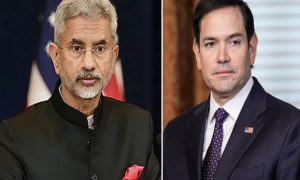

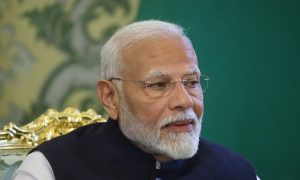

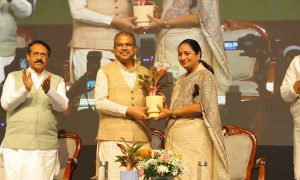



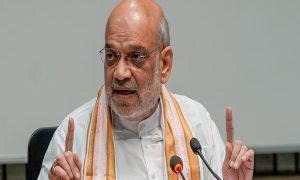







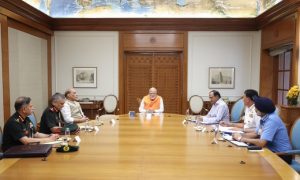

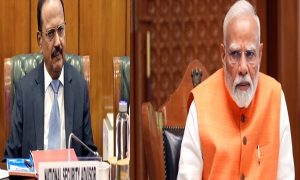

 WhatsApp us
WhatsApp us